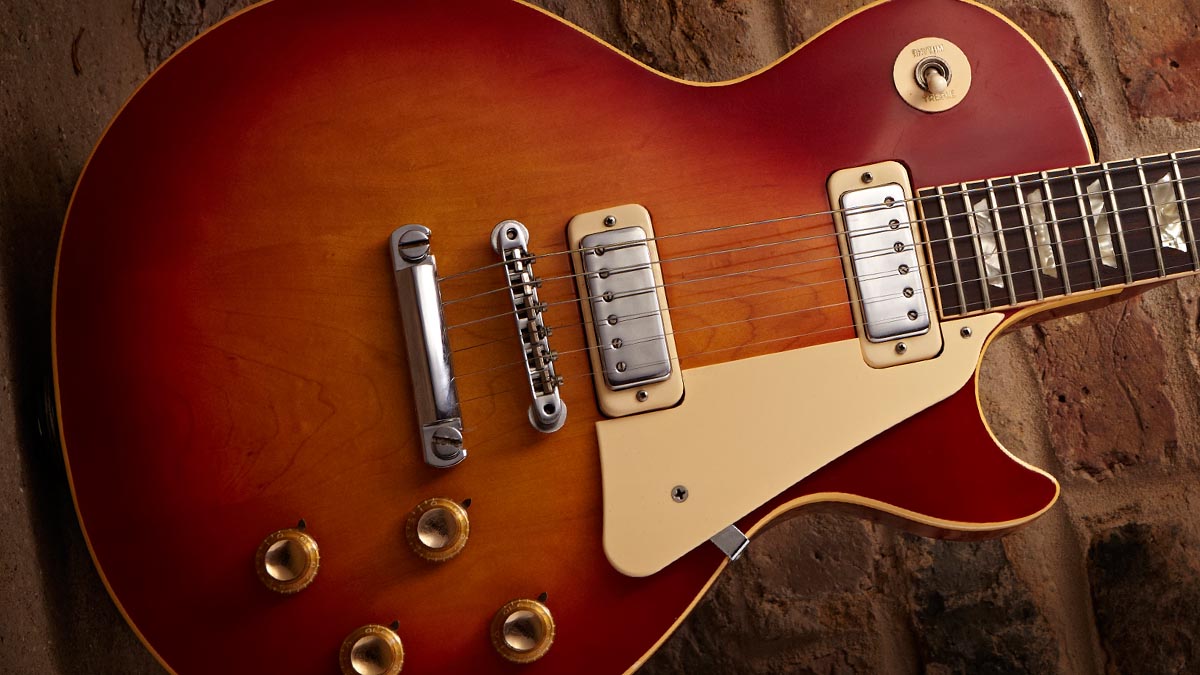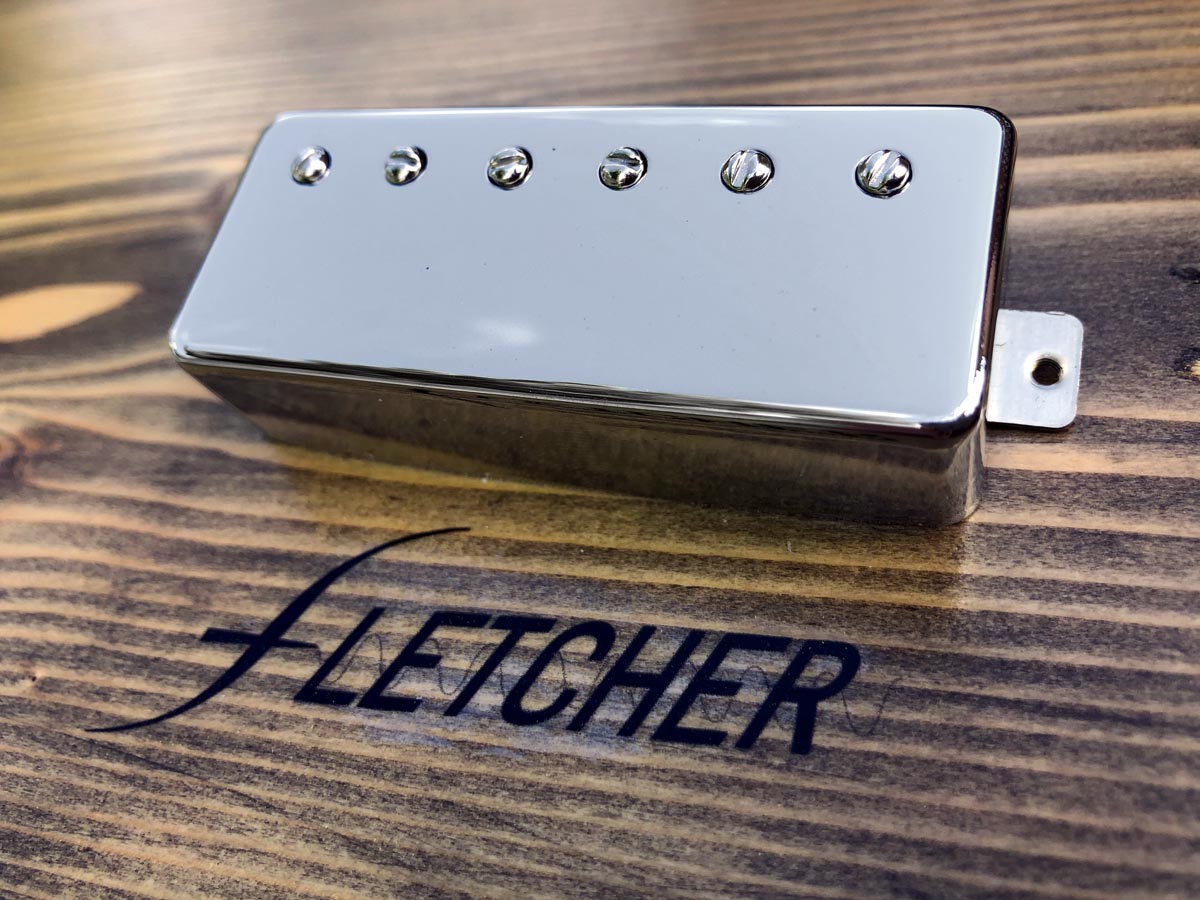Mini-humbuckers: exploring the tonal magic of Seth Lover's 'other PAF' humbucker
Ben Fletcher of Fletcher Pickups goes in deep with a mid-'50s Gibson classic

In the mid-50s, Gibson electronics engineer Seth Lover set about creating the company’s first humbucking pickup. A patent was applied for in 1955 and by the following year the new device began to appear on Gibson lap steels, followed by electric guitars in early 1957.
Later that year, Gibson’s owner, CMI, acquired the ailing New York-based Epiphone company and Gibson president Ted McCarty immediately drew up plans to expand production at the Kalamazoo factory with its own Epiphone-branded guitar designs.
The success of Gibson’s PAF and Gretsch’s Filter’Tron humbuckers in the late 50s set a benchmark across the guitar-building industry and it was soon settled that the revamped Epiphone electric line would have its own unique spin on the humbucking pickup.
According to Seth Lover, he decided the new Epiphone humbucker would follow the same basic principle as his existing PAF design and utilise a single Alnico bar magnet beneath both coils while the unit’s size would be reduced until a happy balance between dimension and functionality was reached.
I would describe the typical mini-humbucker as sounding somewhere between a single coil and a humbucker
Additionally, an iron blade would be used in place of steel slugs in the non-adjustable coil (adjustable polepiece screws remained in the other).
Logically, a smaller bobbin meant fewer windings were possible using the same 42 AWG wire, and each thin nylon coil was wound with approximately 4,250 turns (a PAF coil received approximately 5,000 turns).
Being underwound, a brighter sound is naturally produced. With DCR readings normally in the region of 6kohms to 7kohms, mini-humbuckers were initially wound using plain enamel insulated wire, until 1964 when the factory began using poly-coated 42 AWG wire.
Get The Pick Newsletter
All the latest guitar news, interviews, lessons, reviews, deals and more, direct to your inbox!
To some people’s ears, these later poly-wire mini-humbuckers have a comparatively thinner sound, although all mini-humbuckers are known to vary in terms of DCR.
“I would describe the typical mini-humbucker as sounding somewhere between a single coil and a humbucker,” Fletcher Pickups’ founder Ben Fletcher tells us. “Having said that, I think a mini-humbucker is generally brighter sounding than a P-90 [single-coil pickup]. But it’s still got some of that chunkiness you get with a regular-sized humbucker.
One of the reasons they’re so bright sounding is because of their narrow aperture – they sense a smaller part of the string
“One of the reasons they’re so bright sounding is because of their narrow aperture – they sense a smaller part of the string, which makes it sound more focused and less bass-y. Also, importantly, the pickup comprises less ferrous metal.
“Steel increases inductance and the efficiency of the magnet, which means more bottom-end, and because mini-humbuckers are constructed using less, they tend towards a brighter tone.”

Using different wire gauges and Alnico magnets, Ben is able to fine-tune the sound of his custom-made mini-humbuckers to suit the customer while maintaining the essential character of this classic pickup.
“If you use the vintage-style 42 [AWG] wire you have less space and it’s more top-end-y,” continues Ben, “but you can thicken the sound up a little bit by using thinner 43 AWG wire. There is 44 [AWG] as well, which is even thinner. The thinner the wire, the more midrange push you get. It can also make for a hotter pickup with a bit more power.
I love a Tele neck pickup – it’s a lovely clean sound – but a mini-humbucker is a different animal
“In terms of magnets, if you went for an Alnico 8 magnet, that would give you a particularly bright sound, whereas Alnico 2 is really warm and mellow. So I do a mixture between those, including Alnico 2, 3, 4, 5 and 8.
“When it comes to modding guitars with a mini-humbucker, anything with a P-90 is easy because you don’t usually need to re-route the body. It’s common for people to replace a P-90 with a mini-humbucker. They sound nice in the Tele neck position, too.
“I love a Tele neck pickup – it’s a lovely clean sound – but a mini-humbucker is a different animal. Because they’re relatively bright sounding, they tend to retain their clarity, no matter how much dirt you throw on top of it. They work really well with fuzz pedals. Regular humbuckers can turn to mush with something like a Fuzz Face, whereas mini-humbuckers sound much better to my ears.”
Rod Brakes is a music journalist with an expertise in guitars. Having spent many years at the coalface as a guitar dealer and tech, Rod's more recent work as a writer covering artists, industry pros and gear includes contributions for leading publications and websites such as Guitarist, Total Guitar, Guitar World, Guitar Player and MusicRadar in addition to specialist music books, blogs and social media. He is also a lifelong musician.
“Classic aesthetics with cutting-edge technology”: Are Seymour Duncan's new Jazzmaster Silencers the ultimate Jazzmaster pickups?
“We’re all looking for new inspiration. Some of us have been playing humbuckers for a long, long time”: Are we witnessing a P-90 renaissance? Warren Haynes has his say










